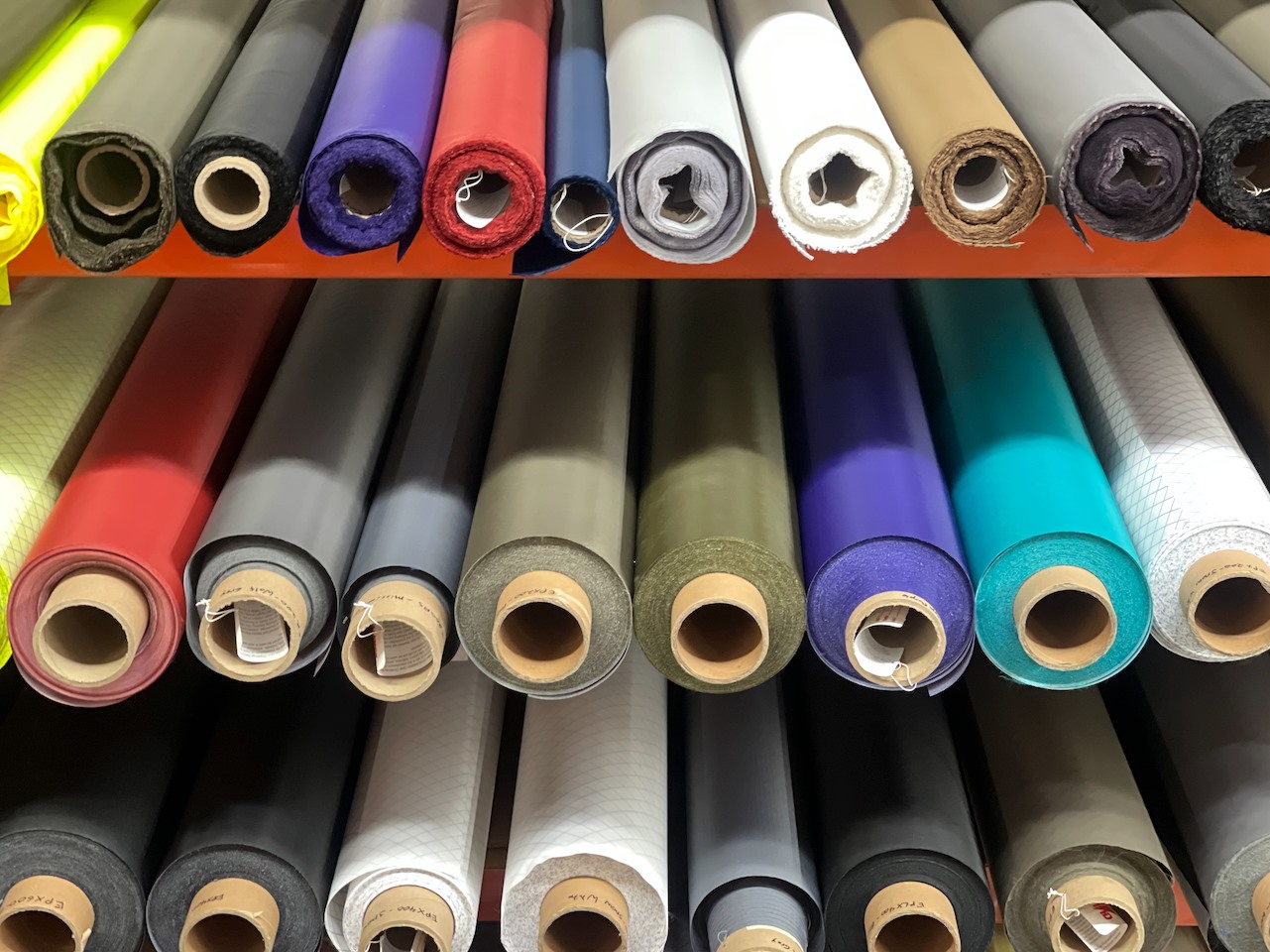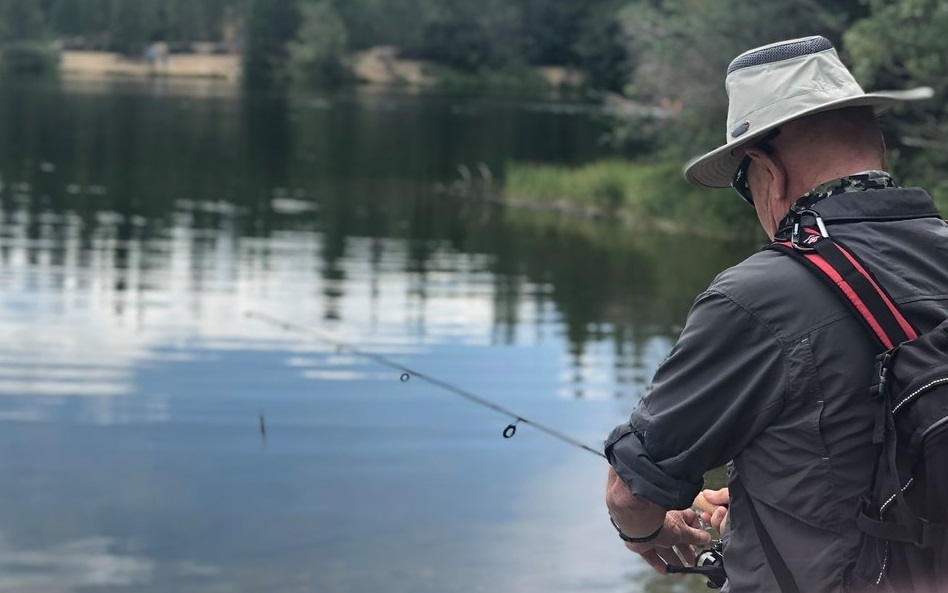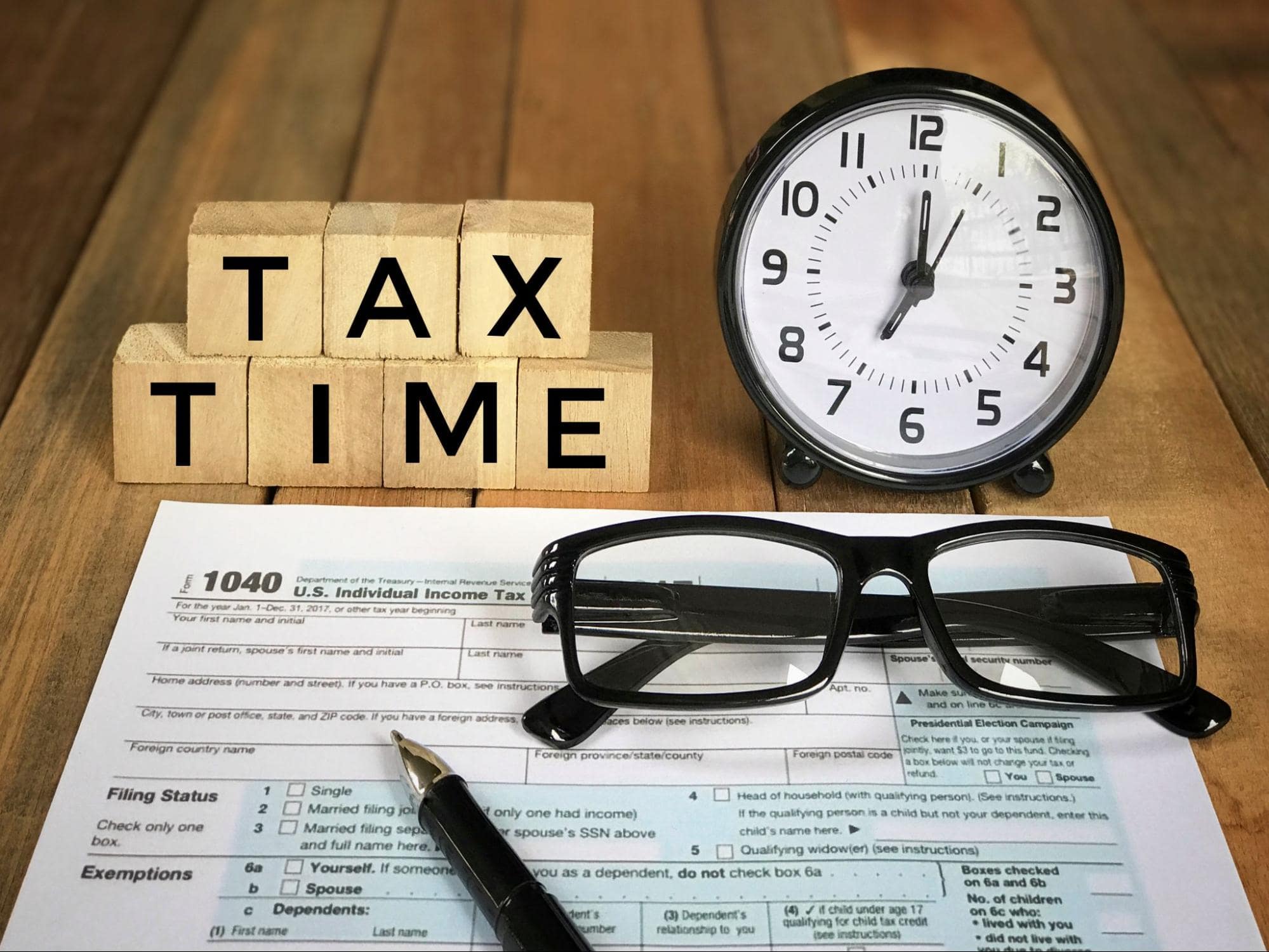If you’re curious about real estate investment like I am, read this post to learn the top advantages of diving into real estate.
The following is a guest post from my bloggy friend Megan Isola. Interested in having a guest post on my website? Click here for my guest post submission form.
Top Advantages of Real Estate Investing
Many people consider investing in real estate because it’s something tangible and understandable. Everyone needs somewhere to live and work, so investing in rental properties and other types of real estate might seem like a great way to grow your wealth since it’s fairly resistant to other market fluctuations. Veteran investors often diversify their investment portfolios to mitigate risk. For instance, if the stock market is down, it doesn’t necessarily mean the housing market is.
Of course, investing in real estate isn’t for everyone. It’s a major financial and time commitment that’s not suited for individuals who prefer a more passive income stream. If this is the case for you, there are other ways to invest in real estate that don’t require you to hold physical property.
However, if you decide to invest in physical property, you can expect the following benefits:
Additional income
When you invest in real estate, you can expect an additional monthly income. Whether you rent commercial buildings, houses, apartments, townhomes, or anything else, you can increase your monthly income without necessarily having a second job. Of course, being a real estate investor can feel like a second job if you’re handling all the tasks involved on your own, so that’s something to consider.
When you purchase a rental property, you effectively become a landlord. If you want to avoid managing the day-to-day of your rentals, you can hire a property management company that can do it for you, but this will take a big chunk out of your income.
Appreciation
Most investors choose real estate because it tends to appreciate in value over time. While it’s certainly possible for any asset to depreciate in value, as long as you’re in the right location and continue with the proper upkeep of your property, you can expect its value to increase over time. More appreciation means more equity, allowing you to sell the property for much more than you purchased it for should you choose to.
Hedge against stock market risks and inflation
The stock market can be volatile, so you don’t want to invest all your money into stocks even though they often yield higher returns than other investments like bonds and certificates of deposit (CDs). When the stock market is down, you can still rely on real estate because it’s less volatile and more predictable; as a landlord, you can predict how much you earn in rental income every month.
Real estate investments can also protect you from inflation. Home prices tend to increase with inflation, allowing you to sell an investment property for much more than you purchased it for.
Low Risk
Investing in real estate is considered relatively low risk compared to other more volatile investments like stocks. If you want the highest possible return on your investment without worrying about market volatility, you’ll prefer real estate over stocks. However, you shouldn’t put all your investments in one strategy.
You should have a diversified investment portfolio that allows you to hedge against different risks. For instance, while real estate properties tend to appreciate value, they can depreciate. The area might no longer be safe or feasible for businesses, individuals, and families to pay a premium for it, forcing you to reduce your rental prices or how much you sell a home for. When and if this happens, you’ll want to have other investments to fall back on and help you recoup any losses.
Working for Yourself
Many people earn their living from real estate investments alone. They become landlords or house flippers who solely work for themselves. Real estate investment has a low barrier to entry, allowing you to get a mortgage loan or residential hard money loan and begin investing as soon as you can afford the down payment and ability to repay the loan. This is easier said than done, but you can slowly build wealth over time in other ways before investing in real estate.
Financial Security
A steady monthly income is great, but financial security is better. When you own rental property, you know where your monthly income is coming from. Your tenants are legally required to pay rent, and if they don’t, you can take them to court, so you’ll always have a paycheck coming your way. When you have a steady flow of cash, you can reinvest in your future, which may include retirement.
Investing in real estate provides long-term financial security because it’s highly likely the property will appreciate over time. Of course, there’s no guarantee with investing, but doing your research about a location and property can mitigate risk.
Potential Tax Advantages
Investing in real estate comes with some tax advantages if you own rental property. While technically, as a landlord, you’re self-employed, your income isn’t subject to self-employment tax, which is 15.3 percent of your earnings. You may also be eligible for tax breaks for depreciation, maintenance repairs, insurance, property taxes, and other business expenses.
Wealth Building

Investing in real estate isn’t just about earning more money per month. Instead, it’s an avenue to building wealth over time. When you invest in rental properties, your mortgage payments are covered by rental income. However, you should always charge more than the base mortgage payment to earn additional monthly income.
That additional income can be put away into a savings or retirement account and accrue interest, making it a relatively passive way to earn more money. Yes, there’s a lot of work involved for investors who have hundreds of tenants. However, if you only own a few rental properties, you don’t have to expect a maintenance concern or emergency every day of the week, allowing you to earn an additional income on top of your existing job salary.
Should You Invest in Real Estate?
Investing in real estate is a big undertaking, but it doesn’t necessarily mean you need to invest in physical property. While there are benefits to holding property, especially rental property or homes you intend to fix and flip. There are other investments available if you’re interested in real estate. We recommend discussing your options with a financial advisor to help you make the right decision based on your financial situation.



















